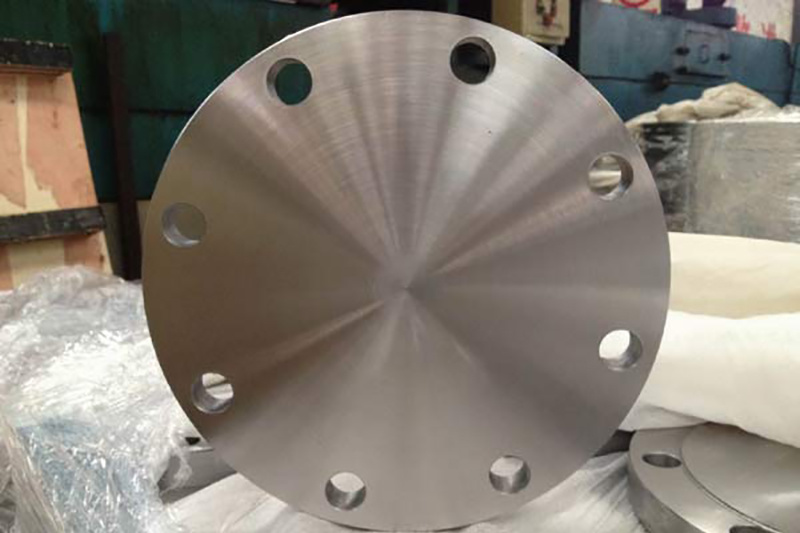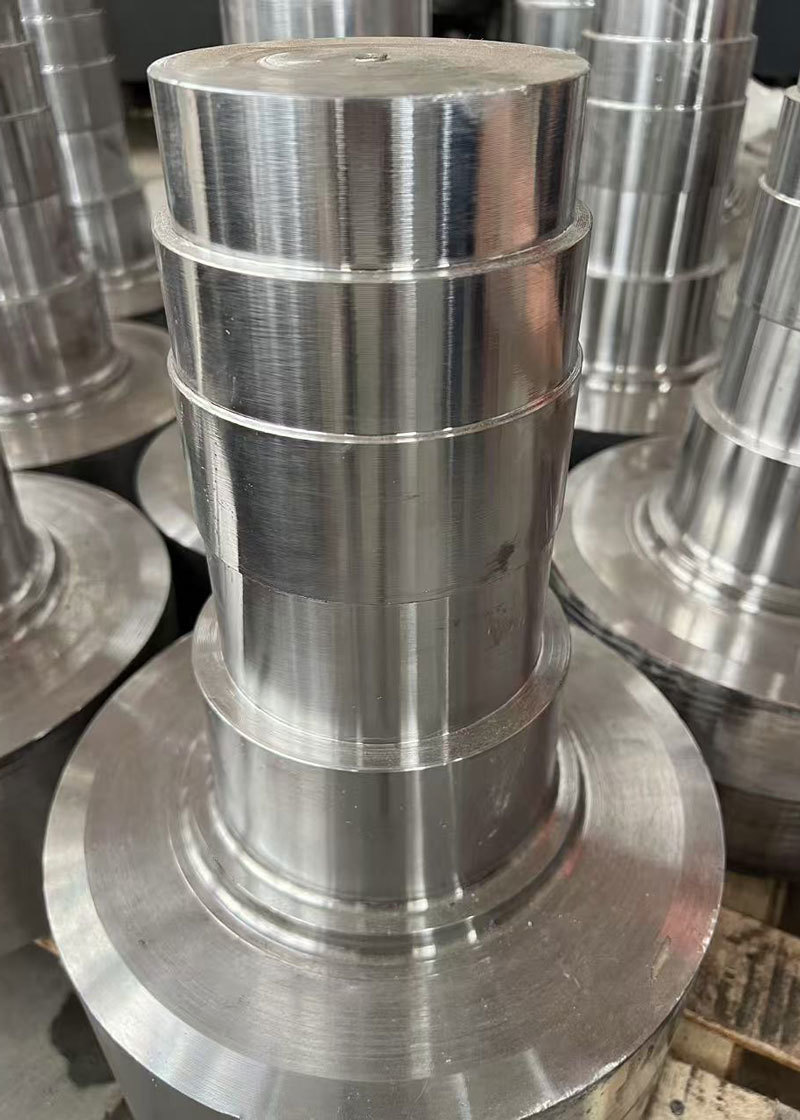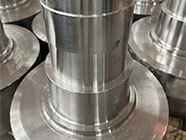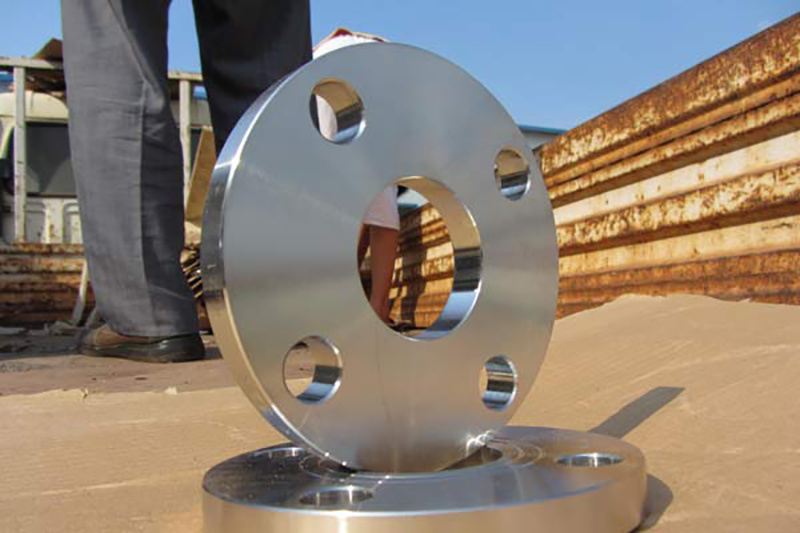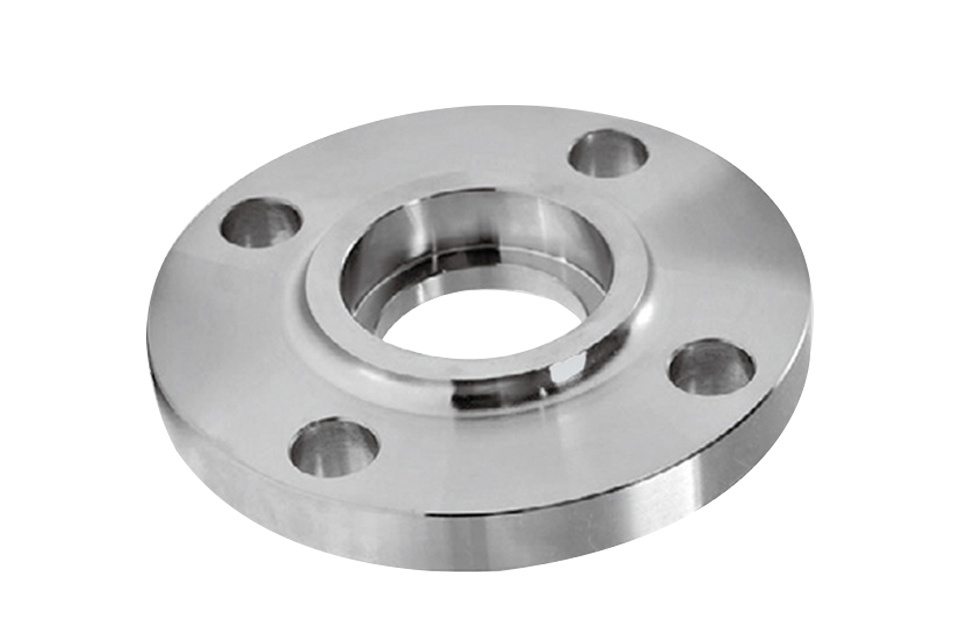Why Forged Stainless Steel is Superior for High-Temperature Applications
Release time:
2025-07-10
Why Forged Stainless Steel is Superior for High-Temperature Applications Table of Contents 1. Introduction to Forged Stainless Steel 2. Understanding High-Temperature Applications 3. Benefits of Forged Stainless Steel 3.1 Strength and Durability 3.2 Corrosion Resistance 3.3 Thermal Stability 3.4 Cost-Effectiveness
Why Forged Stainless Steel is Superior for High-Temperature Applications
Table of Contents
- 1. Introduction to Forged Stainless Steel
- 2. Understanding High-Temperature Applications
- 3. Benefits of Forged Stainless Steel
- 4. Applications of Forged Stainless Steel in High-Temperature Settings
- 5. The Forging Process
- 6. The Future of Forged Stainless Steel
- 7. Conclusion
- 8. Frequently Asked Questions (FAQs)
1. Introduction to Forged Stainless Steel
Forged stainless steel is recognized for its remarkable mechanical properties and versatile applications. When exposed to high temperatures, standard materials can fail, leading to costly downtime and safety hazards. Forged stainless steel, however, maintains its integrity under extreme conditions, making it a superior choice for various industries.
In this article, we will delve into the characteristics that make forged stainless steel ideal for high-temperature applications, the benefits it offers, and the specific applications where it excels.
2. Understanding High-Temperature Applications
High-temperature applications are prevalent across multiple industries, including aerospace, automotive, chemical processing, and energy production. Components in these sectors often experience intense heat, pressure, and corrosive environments. Materials used in these conditions must exhibit exceptional strength, durability, and resistance to thermal expansion and corrosion.
High-temperature environments can range from around 400°F (204°C) to well over 2000°F (1093°C), depending on the specific application. Forged stainless steel is engineered to withstand these extremes, ensuring safety and efficiency in operations.
3. Benefits of Forged Stainless Steel
Forged stainless steel offers a plethora of benefits that set it apart from other materials used in high-temperature applications.
3.1 Strength and Durability
One of the most significant advantages of forged stainless steel is its high strength-to-weight ratio. The forging process enhances the material's crystalline structure, resulting in increased tensile strength and resistance to fractures. This makes it an ideal choice for critical components that must endure harsh conditions without compromising performance.
3.2 Corrosion Resistance
High-temperature environments often involve exposure to corrosive substances. Forged stainless steel is inherently resistant to rust and corrosion due to its high chromium content. This resistance ensures longevity and reliability, reducing maintenance costs and downtime for equipment.
3.3 Thermal Stability
Forged stainless steel maintains its mechanical properties even at elevated temperatures. Unlike some materials that may become brittle or deform under heat, forged stainless steel remains stable, allowing it to perform consistently in demanding environments.
3.4 Cost-Effectiveness
While forged stainless steel may have a higher initial cost compared to other materials, its durability and low maintenance requirements contribute to long-term savings. The reduced likelihood of failure in high-temperature applications translates to decreased replacement costs and minimized operational disruptions.
4. Applications of Forged Stainless Steel in High-Temperature Settings
Forged stainless steel is utilized in various high-temperature applications across multiple industries. Some of the notable uses include:
- **Aerospace Components:** Engine parts, exhaust systems, and turbine blades require materials that can withstand extreme heat and pressure. Forged stainless steel provides the necessary strength and resistance to thermal fatigue.
- **Chemical Processing Equipment:** Reactors, heat exchangers, and piping systems often handle corrosive substances at high temperatures. Forged stainless steel's corrosion resistance makes it an ideal choice for these applications.
- **Power Generation:** Turbines and other components used in power generation must endure significant thermal stress. Forged stainless steel's ability to maintain performance under high temperatures ensures efficiency and reliability.
- **Automotive Industry:** High-performance engines and exhaust systems benefit from the strength and thermal stability of forged stainless steel, leading to enhanced vehicle performance and durability.
5. The Forging Process
The production of forged stainless steel involves several critical steps that enhance its properties.
5.1 Steps in the Forging Process
The forging process typically includes heating the stainless steel to a specific temperature, followed by mechanical deformation through techniques such as hammering or pressing. This process aligns the grain structure of the material, resulting in improved strength and toughness.
5.2 Quality Control in Forging
Quality control is paramount in the forging process. Comprehensive testing, including metallurgical analysis and stress testing, ensures that the forged stainless steel meets industry standards and specifications. This attention to detail guarantees the reliability and performance of the final product.
6. The Future of Forged Stainless Steel
As industries continue to evolve, the demand for materials that can withstand extreme conditions will only increase. Innovations in forging technologies and advancements in alloy compositions are expected to enhance the properties of forged stainless steel further. This evolution will enable even more applications in high-temperature environments.
Furthermore, as sustainability becomes a priority, the utilization of recycled stainless steel in forging processes is gaining traction. This eco-friendly approach not only reduces waste but also aligns with global efforts to promote sustainability in manufacturing.
7. Conclusion
In conclusion, forged stainless steel stands out as a superior material for high-temperature applications. Its exceptional strength, corrosion resistance, and thermal stability make it an ideal choice across various industries, from aerospace to automotive. The benefits of forged stainless steel extend beyond performance; they also include cost-effectiveness and sustainability.
As we look to the future, continued advancements in forging technology will likely enhance the capabilities of this already remarkable material. Embracing forged stainless steel in high-temperature applications not only ensures safety and efficiency but also positions industries for success in an increasingly demanding environment.
8. Frequently Asked Questions (FAQs)
1. What are the main advantages of forged stainless steel over other materials?
Forged stainless steel offers superior strength, durability, corrosion resistance, and thermal stability, making it ideal for high-temperature applications.
2. In which industries is forged stainless steel most commonly used?
It is widely used in aerospace, chemical processing, power generation, and the automotive industry.
3. How does the forging process enhance the properties of stainless steel?
The forging process aligns the material's grain structure, resulting in improved strength and toughness compared to cast or wrought stainless steel.
4. Is forged stainless steel cost-effective in the long run?
Yes, while the initial investment may be higher, the durability and low maintenance needs of forged stainless steel lead to significant long-term savings.
5. What future developments can we expect for forged stainless steel?
Future advancements may include improved alloy compositions and forging technologies, as well as a greater focus on sustainability through recycling initiatives in production.
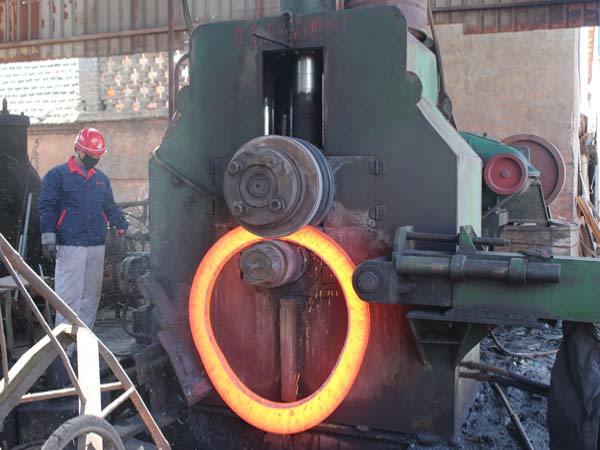
Latest developments
Sustainability in Construction: The Case for Flat Flanges
Sustainability in Construction: The Case for Flat Flanges Table of Contents Introduction to Sustainability in Construction The Importance of Sustainability in the Construction Industry What are Flat Flanges? Benefits of Using Flat Flanges in Sustainable Construction Material Sourcing: Eco-Friendly Options for Flat Flanges Energy Efficiency: How Flat Flanges Contribute Cost-Effec
Understanding the Role of Steel Forgings in the Construction Industry
Steel industries forgings play a crucial role in the construction and decorative materials sector, providing strength and reliability to various structural applications. Forging is a manufacturing process that involves shaping metal using compressive forces, which can be delivered through hammers or presses. This process results in a product that is notably stronger and more durable than its non-f
Why Forged Stainless Steel is Superior for High-Temperature Applications
Why Forged Stainless Steel is Superior for High-Temperature Applications Table of Contents 1. Introduction to Forged Stainless Steel 2. Understanding High-Temperature Applications 3. Benefits of Forged Stainless Steel 3.1 Strength and Durability 3.2 Corrosion Resistance 3.3 Thermal Stability 3.4 Cost-Effectiveness
Understanding Non-Standard Flanges: Importance and Applications in Construction
Non-standard flanges play a crucial role in the construction and decorative materials sector, particularly when it comes to piping and fitting systems. Unlike standard flanges, which adhere to universally accepted dimensions and specifications, non-standard flanges are tailored to meet the unique requirements of specific projects. This customization enables engineers and designers to address vario
A Comprehensive Guide to the Specifications of Japanese Standard Flanges
A Comprehensive Guide to the Specifications of Japanese Standard Flanges Table of Contents 1. Introduction to Japanese Standard Flanges 2. Understanding Flange Types and Their Applications 2.1. Weld Neck Flanges 2.2. Slip-On Flanges 2.3. Socket Weld Flanges 2.4. Blind Flanges 3. Material Specifications for Japanese Standard Flanges 4. Key Standards Governing Japanese Flange Production 5. Advantage
Understanding American Standard Flanges: Key Features and Applications
American Standard flanges are critical components used in a variety of piping systems, particularly within the construction and decorative materials sector. Designed to provide a reliable connection between pipes, valves, and other equipment, these flanges operate by creating a seal that prevents leaks and maintains pressure within the system. Understanding the specifications and applications of A



